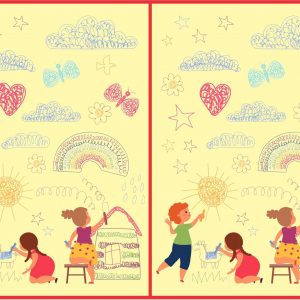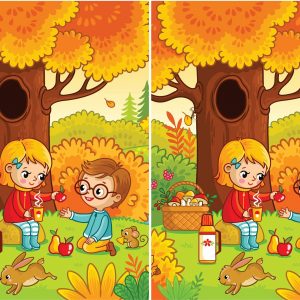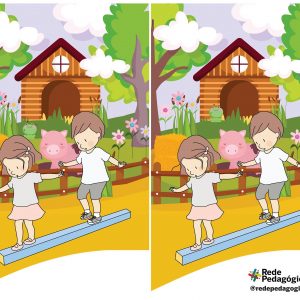The Joy of Caring for Animals: Teaching Responsibility through Pet Care
Caring for pets is an incredibly rewarding experience for both children and adults. As seen in the photo above, a young child is happily holding a box of adorable cats, which serves as a perfect metaphor for the joy and responsibility that come with pet ownership. While pets bring immeasurable happiness into our lives, they also teach valuable lessons about empathy, care, and responsibility. This article explores the significance of teaching children the responsibilities of caring for animals and the long-lasting benefits it can have for both their personal development and their relationship with pets.
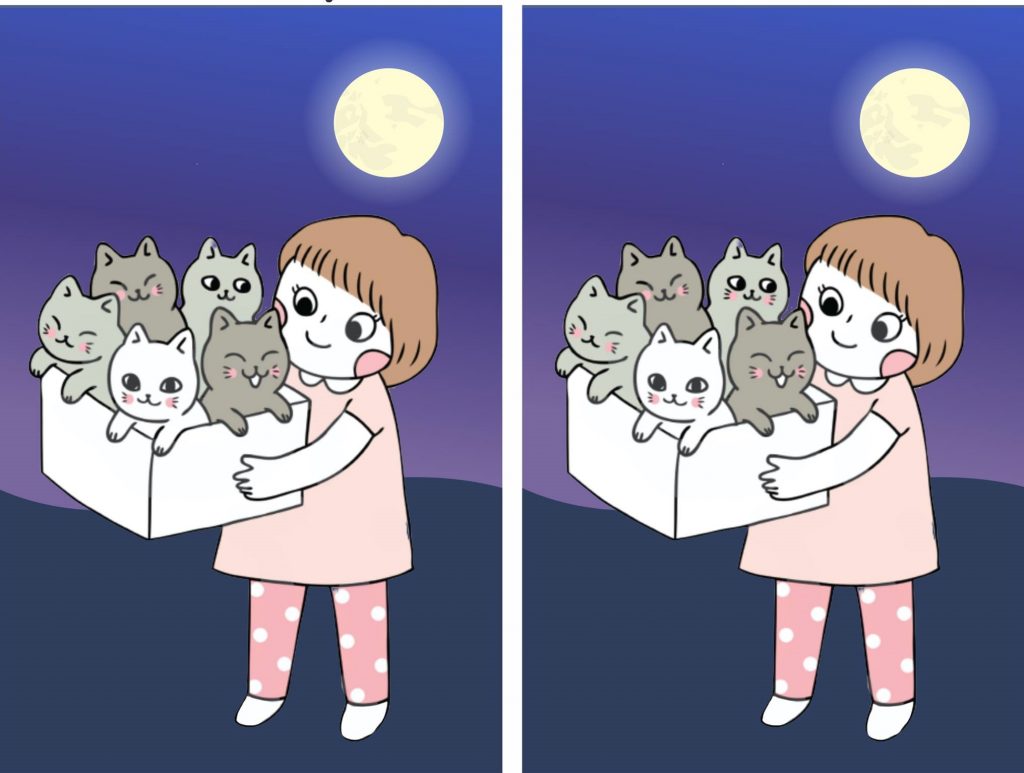
Why Pets Matter in Child Development
Having pets around, particularly during formative years, plays a crucial role in shaping a child’s emotional and social development. It goes beyond just the companionship they provide. From developing empathy to teaching kids the importance of routine, pets act as valuable life teachers.
Developing Empathy and Compassion
When children take responsibility for a pet, they learn to understand the needs of others. Caring for an animal teaches them empathy—understanding that pets have feelings and needs too. This emotional connection builds kindness and compassion, which helps children become more sensitive to the feelings of others.
Improving Emotional Well-Being
Pets can provide a great source of emotional comfort. For children, having a pet can reduce feelings of loneliness and anxiety, as they offer unconditional love and companionship. The act of caring for a pet can also provide a sense of security and stability, which can be comforting during challenging times in a child’s life.

Teaching Responsibility Through Pet Care
One of the most significant life lessons children can learn from pets is responsibility. Unlike toys or other forms of entertainment, pets require real-time care. They need feeding, grooming, and regular vet visits, which gives children the opportunity to learn valuable skills like time management, planning, and commitment.
Daily Routines and Consistency
Pets thrive on routine. Whether it’s feeding them at the same time each day or taking them for walks, these regular tasks teach children the importance of consistency. Children quickly realize that animals depend on them to stay healthy and happy, and it becomes their job to ensure those needs are met.
Developing Patience and Time Management
Learning how to manage the needs of a pet helps children develop patience. Animals don’t always respond on the first try, and they require consistent attention. This teaches children that patience is essential when building relationships with others—both pets and humans alike. Additionally, children will learn to balance pet care with other activities in their lives, such as school, chores, and play.
How Pet Ownership Fosters Lifelong Skills
Taking care of a pet isn’t just about learning immediate lessons—it also sets the stage for important life skills that children will carry with them as they grow older. As children observe how their pets interact with the world, they begin to develop problem-solving skills, adaptability, and a sense of leadership.
Building Leadership and Confidence
Being in charge of a pet means making decisions for another living being. Children who take ownership of a pet develop leadership qualities. From choosing the right food for their pet to deciding on the best way to train them, pets empower children to make important decisions. These experiences, combined with the sense of accomplishment that comes from doing something well, can greatly boost a child’s self-esteem and confidence.
Understanding Commitment and the Circle of Life
When children care for a pet, they learn what it means to be committed to another living being. Unlike toys or other short-lived interests, pets require lifelong care, and they depend on their owner for survival and well-being. Learning about the responsibility of taking care of a pet from an early age prepares children for the future, where they’ll face responsibilities like school projects, friendships, and even future careers.

How Pets Teach Children to Coexist with Others
Pets also provide the perfect example of how to coexist harmoniously with others. Just like people, animals have personalities, likes, and dislikes. Caring for them teaches children how to respect differences and how to deal with conflict in a peaceful and thoughtful manner.
Building Social Skills and Relationships
Taking care of a pet helps children develop strong social skills. Children often learn how to communicate better with others through their relationship with pets. Whether it’s talking to their dog or teaching their cat a trick, pets offer an opportunity to practice patience, active listening, and empathy. These experiences translate into improved communication and relationship-building skills, making it easier for children to interact with peers, teachers, and family members.
Respect for Other Living Things
Pet ownership teaches children the importance of respecting all living creatures, no matter how big or small. Pets require gentle care, and children learn that respecting boundaries and needs is essential to building trust in any relationship. These lessons extend to how children treat their friends and family as well.

Making Pet Care Fun and Engaging
One of the challenges parents face is keeping children engaged in the routine care of their pets. The key is making pet care fun and enjoyable. There are several ways to do this, from turning routine activities into games to rewarding children for their efforts.
Creating Pet Care Challenges
To make pet care more engaging, parents can create fun challenges. For example, a family might have a competition to see who can clean the pet’s cage or feed them the fastest. Setting up challenges encourages children to take part and adds an element of fun to pet care.
Rewarding Positive Efforts
To encourage good habits, positive reinforcement is key. Praising children when they take care of their pets on their own or completing tasks without being reminded makes them feel proud and accomplished. Rewards can be as simple as verbal praise or even a small treat for the child or the pet.
The Benefits of Pet Ownership Beyond Childhood
While pets provide immediate benefits during childhood, their lessons carry over into adulthood. As children grow, they continue to use the skills learned from taking care of pets—such as responsibility, patience, and empathy—in their daily lives. This long-term impact makes pet ownership a valuable investment in a child’s future.
Fostering Compassionate Adults
Adults who grew up with pets often retain a deep empathy for animals and others. This compassion not only makes them better pet owners but also more understanding and considerate individuals in society. Many people who had pets as children carry those lessons into their adult relationships, work environments, and community involvement.
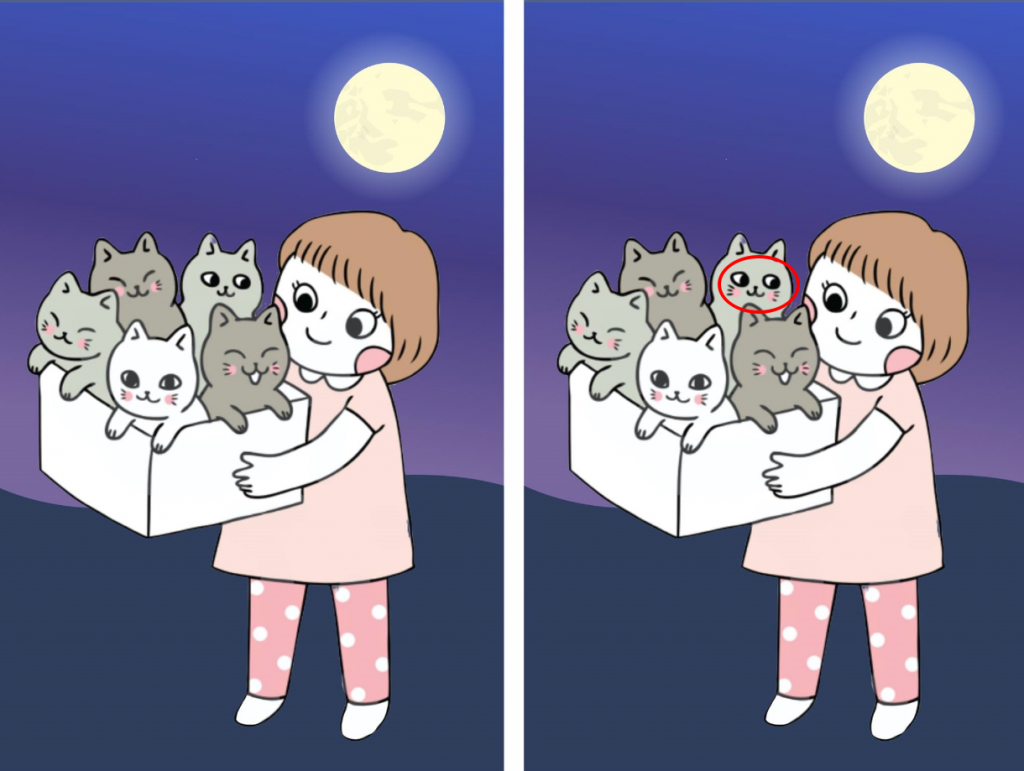
Conclusion: The Lifelong Value of Pet Care Education
In conclusion, pet care offers children invaluable lessons that they will carry with them for the rest of their lives. From developing empathy to learning responsibility, the experience of caring for a pet prepares children for the challenges and opportunities ahead. By making pet care a fun and rewarding part of childhood, parents can set their children up for a future filled with kindness, confidence, and a deep respect for life in all its forms. As shown in the image of a young girl holding a box of cats, pets bring joy, companionship, and essential life skills that go beyond the home and help shape our society.
